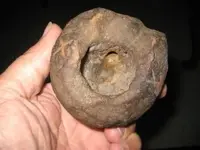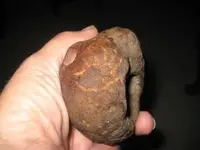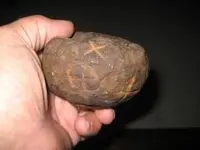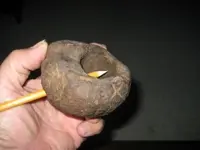haybudden2
Full Member
- Joined
- Apr 2, 2009
- Messages
- 132
- Reaction score
- 1
- Golden Thread
- 0
- Location
- gulf coast, Texas
- Detector(s) used
- Fisher 1266-x, CZ-7, CZ-20, F-5
I believe this to be a pipe. It was found in an area used
frequently by the Ute Indians.
Would appreciate any constructive thoughts on this piece.
Thanks Hay2
frequently by the Ute Indians.
Would appreciate any constructive thoughts on this piece.
Thanks Hay2
Amazon Forum Fav 👍
Attachments
Upvote
0







